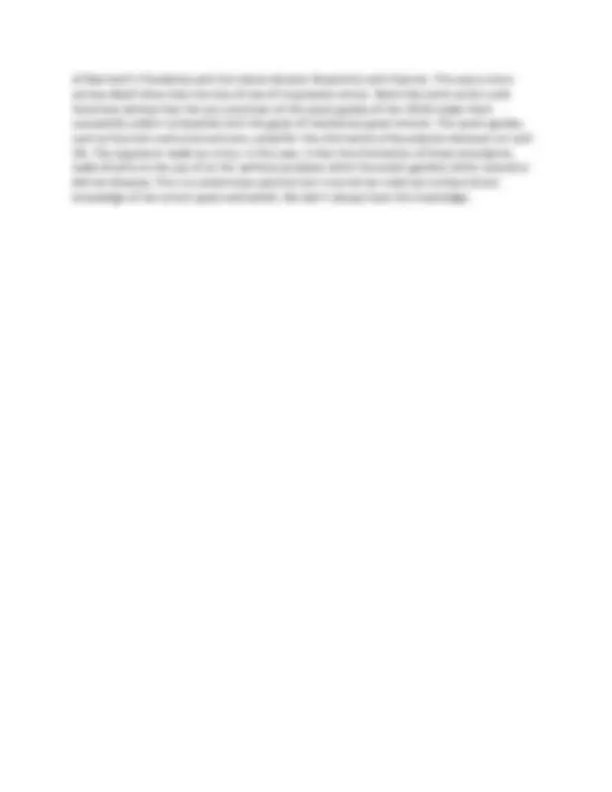



Study with the several resources on Docsity

Earn points by helping other students or get them with a premium plan


Prepare for your exams
Study with the several resources on Docsity

Earn points to download
Earn points by helping other students or get them with a premium plan
Community
Ask the community for help and clear up your study doubts
Discover the best universities in your country according to Docsity users
Free resources
Download our free guides on studying techniques, anxiety management strategies, and thesis advice from Docsity tutors
The futurist manifesto, published in 1909, marked the beginning of the futurist movement, which advocated for war against tradition and embraced speed, change, and dynamism. This summary explores the origins, artistic interests, and key concepts of the futurists, including their focus on lines of force and the impact of the movement on the art world. It also discusses the association of futurism with fascism and the controversial relationship between avant-garde art and totalitarian governments.
Typology: Study notes
1 / 2

This page cannot be seen from the preview
Don't miss anything!


The futurist interest in movement leads to their focus on “lines of force,” lines radiating from the object in the painting to the field of the spectator’s vision and to the spectator’s intuition, lines revealing the object’s “vibrations,” or in some cases, the object’s impact on the environment. Also in some cases, this leads to an attempt to reveal the object’s “decomposition” over time, with decomposition referring to the diffusion and diminishment of an object’s impact over time and space.
The notion of lines of force is similar to the Russian painter Larionov’s interest in rays of light–rays which would be emitted by any object and which exist in conflict with each other. Through this conflict between rays of light, the painting would lead to a vision of the 4th dimension. But this is a very different understanding of the notion of “lines of force” since one is directly related to a “spiritual” vision while the other is related to movement, even if movement refers to decay.
Carlo Carra on movement : “The painter of pre-Futurist days who wished to depict the daring leap of an acrobat confined himself to a study of the solidity and elasticity of the springboard; the leaping acrobat was treated as if he were at rest. The painter forgot the plastic phenomenon: the leap. We Futurist painters have been the first to feel the necessity of painting not the springboard nor the still form of the acrobat, bu the leap into its plastic expression. This, in its synthesis, is the basis of Futurist deformation and of spatial dynamism.”
At least two of the key futurists–Antonio Sant’Elia and Umberto Boccioni–were killed in the first world war. Although futurism did not die with the war, it did become associated (because
of Marinetti’s friendship with the Italian dictator Mussolini) with Fascism. This was a more serious death blow than the loss of two of its greatest artists. Note that some writers and historians believe that the very premises of the avant-gardes of the 1910s made them susceptible and/or compatible with the goals of totalitarian governments. The avant-gardes, such as futurism and constructivism, called for the elimination of boundaries between art and life. The argument made by critics, in this case, is that the elimination of these boundaries leads directly to the use of art for political purposes which the avant-gardists either shared or did not disavow. This is a contentious position but it cannot be ruled out without direct knowledge of the artists’ goals and beliefs. We don’t always have this knowledge.